There’s a lot of talk these days about homelessness, leaving many of us perplexed about what to do about the issue. I live in Calgary, and we currently require 15,000 units of affordable housing to meet the needs of people in our city who cannot afford to pay for a roof over their heads. The reality is that the single biggest ongoing cost – housing – is simply not affordable for a lot of folks.
Approximately 10% of North Americans find themselves short of cash at the end of the month. That means that in a city of one million people, roughly 100,000 have trouble paying their rent. They are often bouncing around from one unsustainable rental situation to another, or even worse, having to sometimes live on the streets or in a homeless shelter.
And we’re not just talking about people with addictions or mental health problems. It should come as no surprise that many of the people who need help with housing costs come from a variety of backgrounds, including former professionals. It includes seniors, young or middle-aged men and women, couples, and families with small children. Today, more and more working poor are at-risk of homelessness.
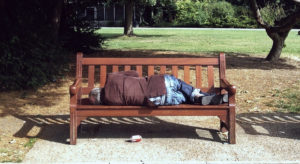 To erect a new building with modern suites in Calgary it costs an average of $250,000 per unit, which includes paying for the land, architectural design and construction of a building to meet today’s municipal standards. 15,000 units, if developed from scratch, would cost $3.75B. (Yes, that’s B for billion.) There simply is not enough money sitting around in our public coffers to continue to address the need this way and catch up with the current demand.
To erect a new building with modern suites in Calgary it costs an average of $250,000 per unit, which includes paying for the land, architectural design and construction of a building to meet today’s municipal standards. 15,000 units, if developed from scratch, would cost $3.75B. (Yes, that’s B for billion.) There simply is not enough money sitting around in our public coffers to continue to address the need this way and catch up with the current demand.
So what do we do about this situation? Many people think there are more creative ways to provide people with a place to call home, and are coming up with offbeat and wonderful designs – as well as new (and sometimes old) approaches to community and ways to live together. As a result, a whole new set of sensibilities to affordable housing is emerging. Here are a smattering of some current trends.
Smaller Apartments: Affordable housing shortages are driving political leaders, city planners, architects, housing developers and corporations to think creatively about how to house people more economically. Instead of paying $250,000 per unit to develop new apartment buildings as has been the practice – which is mostly infeasible on a macro scale – one trend is to squeeze as many units as possible out of a footprint of land and develop smaller apartments for under $200,000 per unit. Homespace, a Calgary affordable housing developer, has almost 500 such affordable rental units. Many of their new properties are 25-unit apartment buildings sitting on a piece of land normally designated for a single two or three bedroom home.
Tiny Homes: There’s another trend coinciding with homelessness issues: the desire to simplify, minimize, and become less attached to the places we live and the “stuff” we own. Many have stopped focusing on amassing enough wealth to buy a big house and fill it with fancy furniture. Millennials and seniors are two groups who have started focusing instead on the least encumbering living arrangement, sometimes giving away much of their possessions and living more like nomads, with the added benefit of feeling a little more footloose-and-fancy-free. Yes, I’m talking about ‘tiny homes’, which we’re starting to hear about more and more.
It might seem cramped and restrictive to many of us to live in such a small space. But the fact remains that a tiny home can cost as little as $20,000 to build. If created from leftover materials and constructed by family, friends and volunteers, the costs can go as low as $1,000. Once completed, monthly costs are reduced to a pittance of the usual cost. Many tiny homes are filled with big ideas, often with very creative, innovative design and smart storage solutions. Some tiny home owners like the idea of being able to move around, so they have built their homes on wheels, while others build them in trees!
Rustic Cabins, Sheds and Yurts: Taking this ‘tiny home’ idea farther, a goodly number of folks are going back to living in one-room cabins and sheds in the countryside. The yurt became popular in the 1970’s and is now making a bit of a comeback, too. Yurts are round tent-like structures designed to fold up and rebuild somewhere else, if needed. If you are feeling insecure or tired of your location, you can pack them up and head on to new horizons. However, companies like Freedom Yurt-Cabins sell them with pre-fab foundation, for those people who intend to stay in one place for awhile.
Cob Homes: Another idea, which is actually an ancient one, is to build homes out of clay-like lumps of soil, sand and straw. In Old English, “cob” is a root word that mean rounded mass. Cob walls are generally not built with frames – instead, special tools are used to scrape a thick wall into a desired shape. For centuries, in many places around the world, people have built their homes out of the materials at hand in nature, and they are both economical and weather-resistant. There has been a resurgence of cob construction, especially in the Pacific Northwest of Canada and the U.S., and in parts of Europe. Building a cob-house is a cost-effective adventure, and these days it’s quite easy to find YouTube videos, guidebooks and even workshops about how to build one.
Containers: You’re probably heard about old shipping containers being repurposed. Think about how LEGO blocks would be used to make homes and apartment building. Containers are being cut, connected, stacked and painted. It’s surprising what you can do metal boxes! As you might imagine, the costs are much lower than standard construction methods.
Secondary Suites: On a personal note, a few years ago our neighbourhood was approved for construction of secondary suites. Always attempting to maximize our limited assets, we liked the idea of using our backyard to house someone who might need an inexpensive place to call home. So in 2010 we built a 650 sq. ft. secondary suite, complete with developed basement and main floor. It is built to modern standards, complies with municipal zoning, and qualified for a nice subsidy from the municipality to make it affordable.
At the moment our secondary suite is the home of our daughter and son-in-law, creating what we call Locke Village.
Cohousing: This takes us to the bigger idea of creating a community-based, shared style of living. Cohousing often starts when a few families join forces, buy a piece of property together and develop a shared space. A great example is Prairie Sky Cohousing, an 18-unit residential co-housing development not too far from Locke Village. Prairie Sky is something its residents call an intentional community. Residents each have a private home, but also make joint use of park space, kitchen, recreational and social areas. We recently attended one of their community “Concert Nights” and came away feeling very impressed. It seems like a pretty awesome idea for a number of reasons.
For more information about co-housing, contact Sarah Arthurs at Cohousing Connections
Often it seems that housing, one of our most basic needs, comes down to dollars. It sounds rather pragmatic, doesn’t it? Most of us hope to have more than just a structure in which to live. What is required to have a better life? I wouldn’t want to live in a mansion – even if it was free – if it was far from friends and loved ones.
But I’m not homeless. A warm, dry, private space, no matter where it is, certainly sounds better than living on the street. And I can see how having a small apartment, a cabin or a tiny home would have plenty of advantages, economic and otherwise, for many folks. I’ve been following with great interest a project south of Calgary, near the town of Okotoks. Sagebrush Social Praxis Society, along with Vagabond Tiny Homes and the Town of Okotoks, have partnered to build a Tiny Home Micro-Village, with a central building that will serve as a gathering space. The project is still in the planning stages but it seems like a great idea, bringing together affordable housing and community.
What do each of us need to feel at home? And how do we as a society and as individuals help address the affordable housing shortage? Here are some other ideas, which might be easier and more quickly put into practice:
Re-purposing Places: An increasingly attractive option is to reinvent existing buildings and properties (perhaps currently under-utilized or empty) for housing, such as churches, schools, barns, convents, hotels and old factories. It can be a win-win situation for the property owner and the new tenants. Almost every community has old buildings that have outlived their purpose and can be renovated or redeveloped with housing in mind. I know a number of socially-minded businesses, faith-based organizations and community groups who are looking at these possibilities.
Direct to Tenant Rental Subsidy: Another way to look at the problem is perhaps the simplest idea of all: giving people a break by offering rent subsidies to those in need. It, of course, requires having the right public policy in place. This option could fill vacant spaces, and be an important part of a multi-strategy solution.
Opening Up Our Homes: One of the least talked-about but perhaps most obvious ideas is to make space in our own homes and hearts for others who need help. “Shared living” is something that people have always done in many cultures around the world. The thought of opening up part of our home might seem uncomfortable to us at first, but we usually have space if we seriously consider the possibility. Some jurisdictions are even paying home owners to provide a room and use of kitchen space for someone who needs a place to live. I also recently read about an elder-care initiative in Toronto that matches seniors living alone in their houses with university students who are from out of town. A relationship often develops that is mutually very beneficial, and the student helps out around the house and yard in return for low rent. It’s a situation that can work incredibly well – and not just for seniors and students.


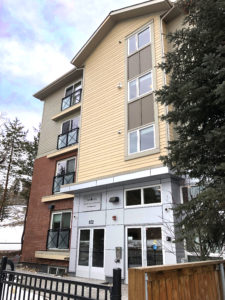
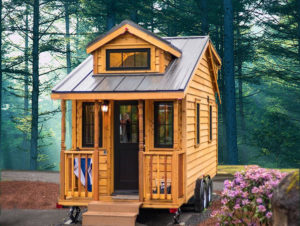
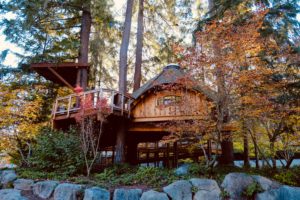
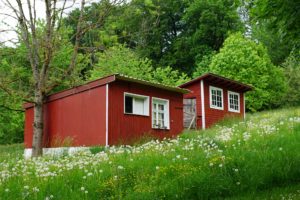
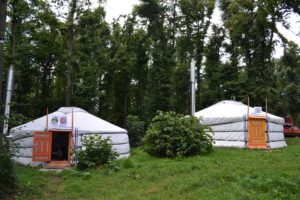
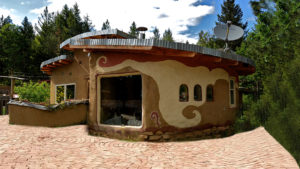
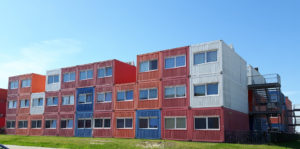
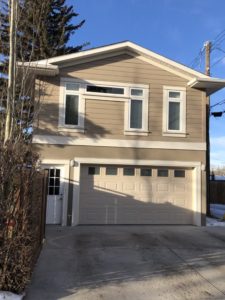
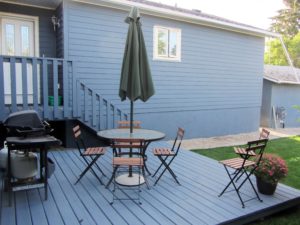
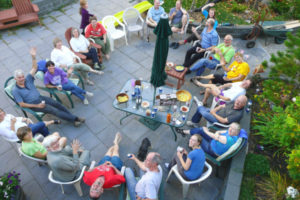

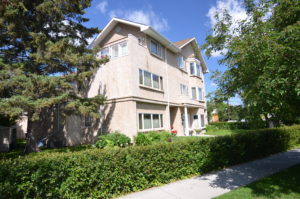






Excellent article, and one which is after my own heart. We too have a situation where our home is shared. The cost of a roof over one’s head is iniquitous.
I have been following the YouTube videos Living Big in a Tiny House. Some are quite inspiring. Sustainability in all its forms is a hot topic right now. It would be interesting to hear more in this area from a faith point of view.
All the best. J.
Glad you enjoyed the article, Jenny – and thanks also for the suggestion for future articles about housing solutions, from a faith perspective. And we’ll also check out those YouTube videos!
Excellent article, Bill! Thanks.